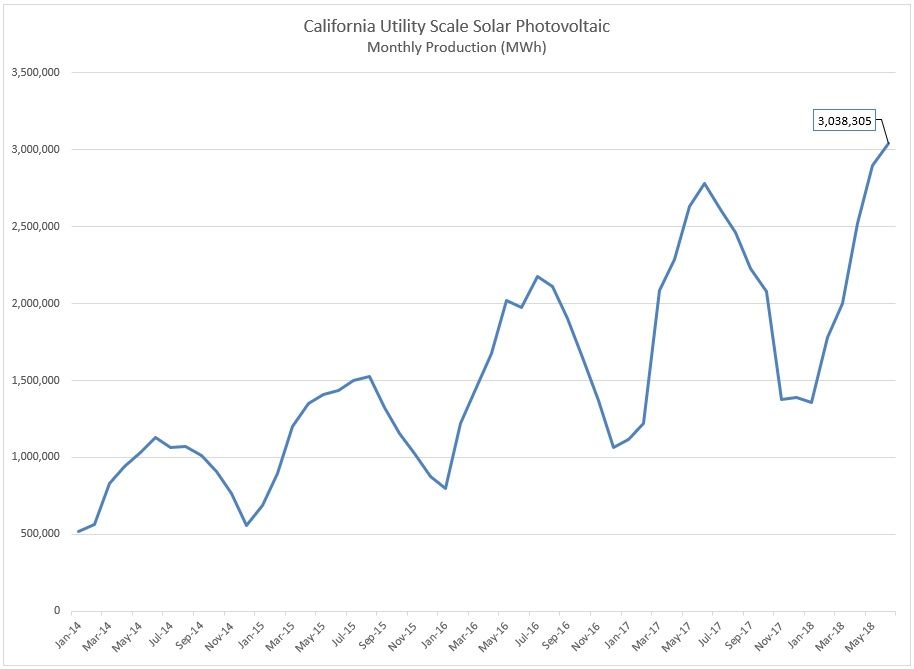Too bad Tesla didn't foresee a use case for vehicle to grid, or at least vehicle to home energy flow. Imagine automated charging of Tesla cars during the sunny hours, running homes at night.
It would be interesting to see a calculation of EVs in California, and how much of the curtailment they could absorb. The question of how do you deploy sufficient battery capacity to absorb curtailed renewable power is already being answered by the mass deployment of EVs. With EV sales increasing, it's just a matter of bi-directional flow and smart control.
I would imagine this is eventually coming.
RT




